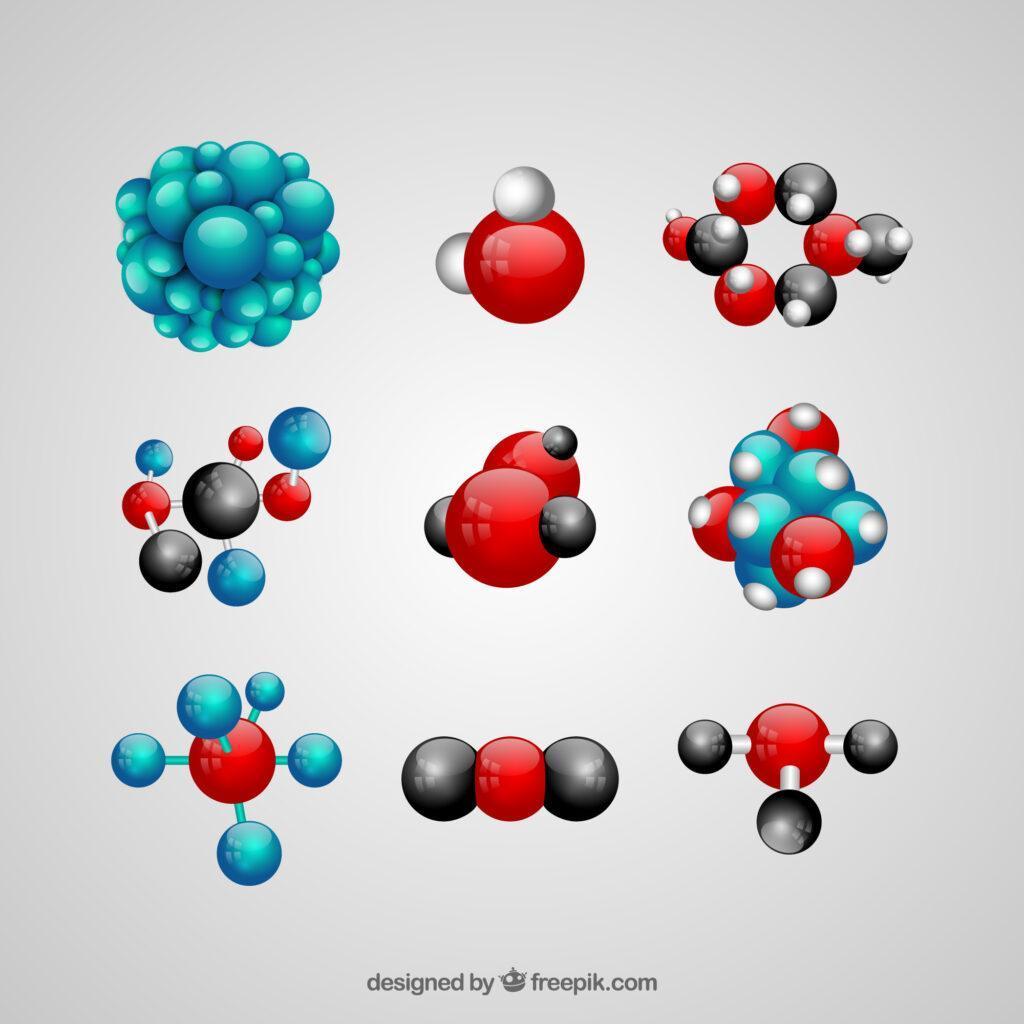The World’s Smallest Ruler: Measuring Atoms Inside Proteins With Light
A Breakthrough in Nanoscale Measurement
Scientists have developed an unprecedented technique that can measure distances as small as 0.1 nanometers—about the width of a single atom—within proteins and other large molecules. This revolutionary approach combines glowing molecules, laser light, and advanced microscopy to peer inside biological structures with unprecedented precision, offering new insights into diseases like Alzheimer’s and cancer.
Key Features of the Molecular Ruler
✔ Atomic-scale resolution (0.1 nm precision)
✔ Wide measurement range (up to 12 nanometers)
✔ Works in living cells (tested in human bone cancer cells)
✔ Distinguishes protein shapes by nanometer differences
“We wanted to go from mapping macromolecules’ positions to looking inside them—and now we can.”
— Steffen Sahl, Max Planck Institute
How the Fluorescent Ruler Works
The Core Technology
- Tagging Molecules: Two fluorescent markers are attached to specific sites on a protein
- Laser Excitation: A precise laser beam makes the markers glow
- Distance Calculation: The light emission patterns reveal the exact separation between markers
![Diagram showing fluorescent markers on a protein with laser measurement]
Caption: The technique measures distances between glowing tags with atomic precision
Technical Breakthroughs Enabling This
- Ultra-stable microscopes (vibration control at atomic scales)
- Improved fluorophores (glow consistently without flickering)
- Advanced light detection (filters out interference)

Why This Matters for Medicine & Biology
Understanding Protein Misfolding
- Alzheimer’s disease: Misfolded proteins form toxic plaques
- Parkinson’s disease: Abnormal protein structures accumulate
- Cancer: Structural changes affect cell signaling
Case Study: The team distinguished between two protein shapes where key points were either 1 nm or 4 nm apart—a difference invisible to other methods.
Potential Applications
- Drug development: Testing how medicines alter protein structures
- Disease diagnostics: Detecting early molecular changes
- Basic research: Exploring how proteins function at atomic scales
Comparison With Existing Techniques
| Method | Resolution | Live Cell Use | Best For |
|---|---|---|---|
| Fluorescent Ruler | 0.1 nm | Yes | Intra-protein distances |
| Cryo-EM | 0.3 nm | No | Frozen samples |
| X-ray Crystallography | 0.2 nm | No | Crystalized proteins |
| FRET | 2-10 nm | Yes | Larger molecular interactions |
“This isn’t replacing other methods—it’s adding a new tool for specific questions.”
Challenges & Limitations
Current Drawbacks
- Complex sample prep (requires specific fluorescent tagging)
- Not yet optimized for all protein types
- Competition from other emerging nano-measurement tools
Expert Perspectives
“The microscope stability achievements are remarkable, but we need to see its biological applications.”
— Jonas Ries, University of Vienna
“For complex systems, resolution may decrease compared to isolated proteins.”
— Kirti Prakash, Institute of Cancer Research
The Future: Where Atomic Rulers Are Heading
Immediate Next Steps
✔ Refine tagging methods for more protein types
✔ Combine with other imaging techniques
✔ Develop automated analysis pipelines
Long-Term Possibilities
- Real-time monitoring of protein folding in living cells
- High-throughput drug screening at atomic resolution
- Mapping entire molecular machines (like ribosomes)
The Bigger Picture
This breakthrough exemplifies how physics innovations enable biological discoveries. By achieving measurements at the scale of individual atoms within functioning proteins, researchers are:
- Bridging quantum physics and biology
- Developing tools to tackle neurodegenerative diseases
- Pushing the limits of optical microscopy
“Twenty years ago, seeing single atoms in proteins seemed impossible. Today we’re measuring distances between them.”

